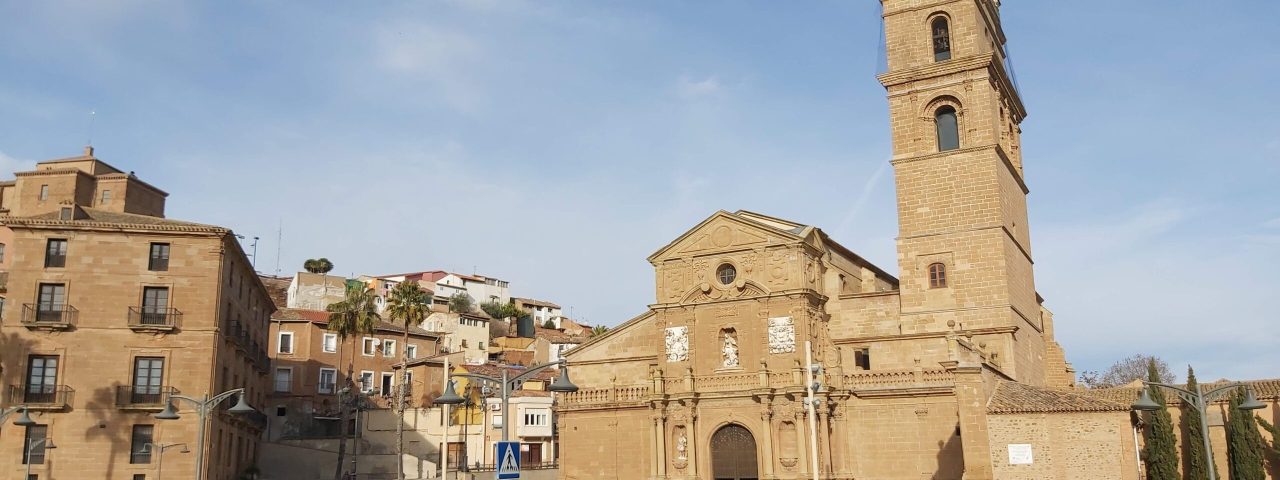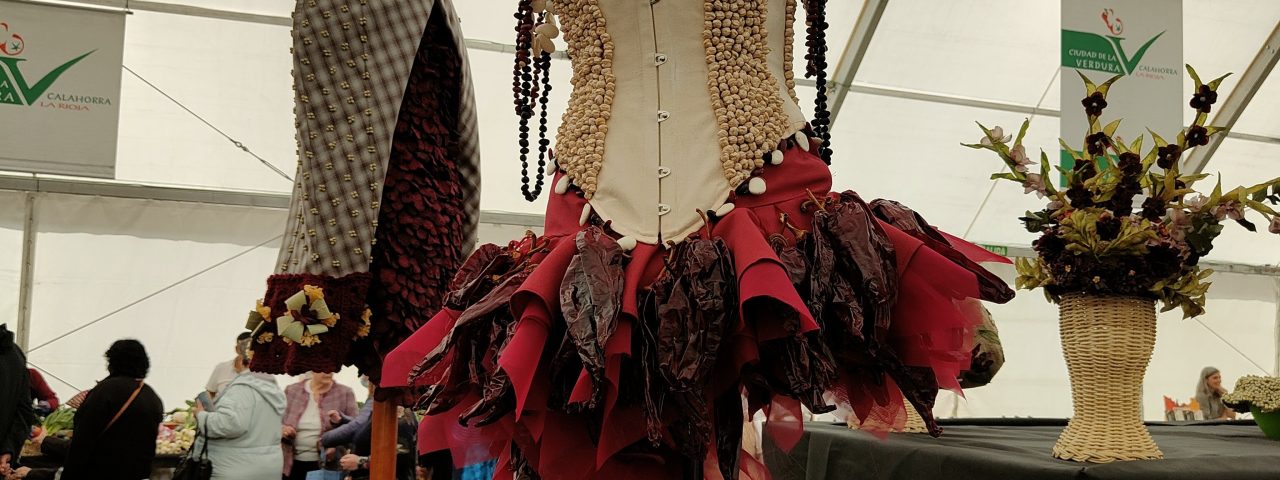Calahorra’s history stretches back over 2,000 years, making it one of the oldest continuously inhabited cities in Spain. Originally founded as a Roman settlement, the city was known as Calagurris in ancient times and became a significant center for trade and culture in the Roman Empire. The influence of its Roman past can still be seen today in the remnants of the city’s ancient infrastructure, such as Roman bridges, walls, and ruins that tell the story of its illustrious past.
The city’s cultural life is vibrant, shaped by a variety of influences, including Roman, Moorish, and Christian legacies. One of the most famous events is the Semana Santa (Holy Week), a deeply rooted Christian celebration that brings the city to life with processions, religious ceremonies, and cultural events. Calahorra is also known for its Vegetable Festival (Fiesta de la Verdura), a tribute to its rich agricultural tradition, which showcases local produce and attracts food lovers from across Spain.
Traditions and local customs are deeply cherished in Calahorra. The city’s cathedral, dedicated to San Emeterio and San Celedonio, the city’s patron saints, is a symbol of Calahorra’s religious and historical importance. Visitors can enjoy the blend of historical and modern culture through events, local festivals, and interactions with the warm and welcoming people of Calahorra.


